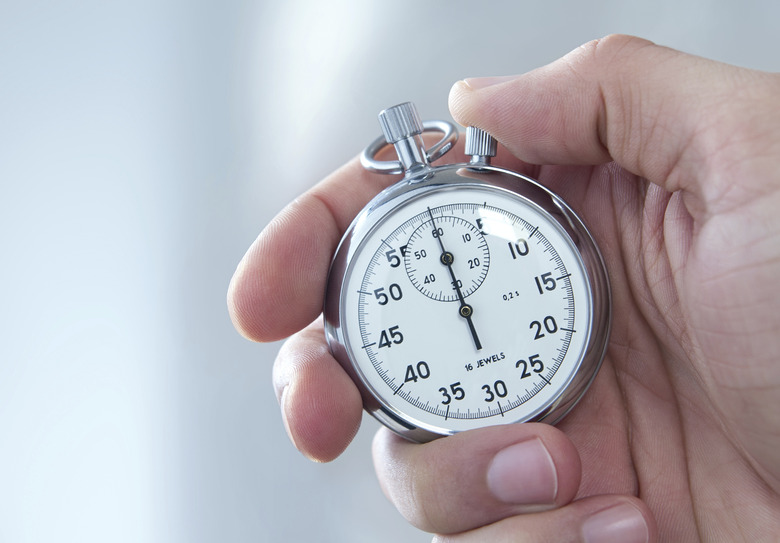What Is A Constant Error?
In a scientific experiment, a constant error — also known as a systematic error — is a source of error that causes measurements to deviate consistently from their true value. Unlike random errors, which causes measurements to deviate by varying amounts — either higher or lower than their true values — constant errors cause the same amount of deviation in one direction only.
Identifying Errors
Identifying Errors
Constant errors are difficult to identify because they remain unchanged — provided, of course, that experimental conditions and instrumentation remain unchanged — regardless of how many times you repeat an experiment. Furthermore, although constant errors introduce a constant bias into the mean or median of experimental data, no statistical analysis of the data can detect a constant error.
Eliminating Fixed Errors
Eliminating Fixed Errors
Constant errors can, however, be identified and eliminated in various ways. If you compare your own experimental results with other results obtained by someone else using a different procedure or different equipment, you may find that a constant error becomes apparent. Similarly, you may find that adjusting, or calibrating, your procedure or equipment or both is necessary to produce the desired result. Under certain conditions, a measuring instrument itself may alter the physical quantity that it is intended to measure. If you connect a voltmeter — a device for measuring the potential difference between two points — to a circuit carrying low current or high voltage, the voltmeter itself becomes a major component of the circuit and affects the voltage measurement.
Precise Versus Accurate Measurements
Precise Versus Accurate Measurements
Note the difference between a precise measurement and an accurate measurement. An instrument or vessel with incorrect divisions, or graduations, on its measuring scale will provide a precise measurement, but one with a constant error caused by the inaccuracy of the graduations. This type of constant error can be eliminated by carrying out your experimental procedure on a reference quantity — for which the accurate result is already known — and applying any necessary correction to unknown quantities.
Zero Error
Zero Error
Certain types of measuring equipment including ammeters, voltmeters, stop watches and thermometers may suffer from a specific type of constant error known as a "zero error." An ammeter — a device for measuring electrical current in amperes — should theoretically read exactly zero when no current if flowing; in practice, though, the device may read slightly higher or lower. This type of constant error is straightforward to correct because even if the equipment cannot be reset to zero, the zero error can be added to or subtracted from any subsequent measurements.
Cite This Article
MLA
Dunning, David. "What Is A Constant Error?" sciencing.com, https://www.sciencing.com/constant-error-12216420/. 24 April 2017.
APA
Dunning, David. (2017, April 24). What Is A Constant Error?. sciencing.com. Retrieved from https://www.sciencing.com/constant-error-12216420/
Chicago
Dunning, David. What Is A Constant Error? last modified March 24, 2022. https://www.sciencing.com/constant-error-12216420/
